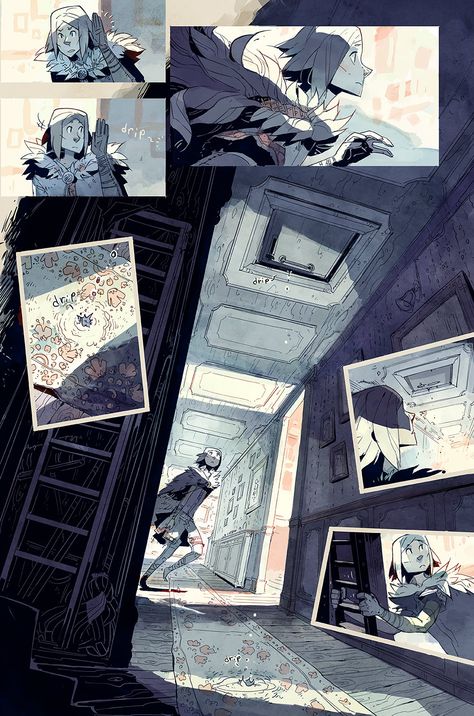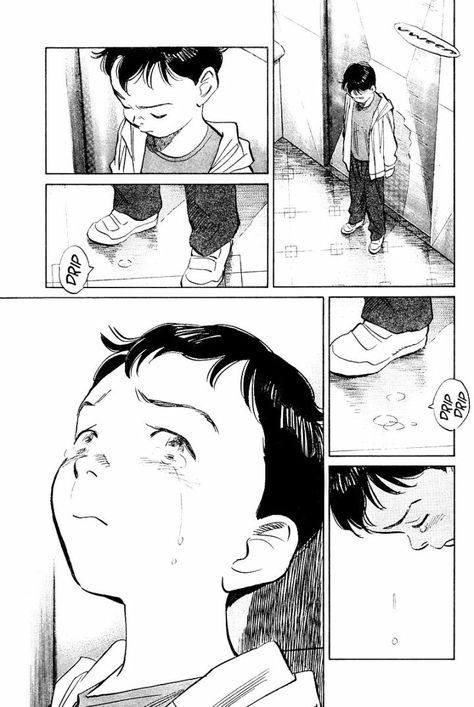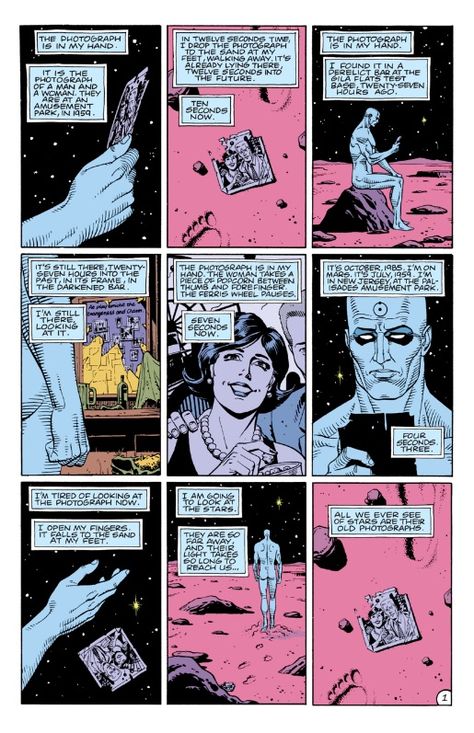Comic Noir Illustration Pen and ink
Supplies needed:
- Bristol board
- microns
- sharpies
- ruler
- white gel pen
What is the 180 degree rule? We see it in use the most in film. If a character enters from the right side of the screen, they stay on that side and face the same direction, even when the scene cuts from shot to shot. This helps create a sense of space for the viewer.
What Are the Characteristics of a Graphic Novel?
- A clear beginning, middle, and end.
- A central narrative (or A-story) supplemented by optional B-stories.
- Character development and personal journeys.
- Thematic messaging.
- Precise, carefully considered dialogue and narration.
The Technical Elements of graphic novels:
- • Panels.
- • Gutter.
- • Word/Speech balloons (thought and speech)
- • Narration.
- • Sound effects.
- • Motion lines.
- • Background colours.
What are you doing?
You will need to write a 1-2 page story of your own creation. Your story will be illustrated in a graphic novel style.
We will discuss: Pencilling, Inking and filling.
You will need to write a 1-2 page story of your own creation. Your story will be illustrated in a graphic novel style.
We will discuss: Pencilling, Inking and filling.
Essential question: What is a graphic novel?
How will we know if they’ve learned it?
Students will have a finished piece of art that can be considered for various competitions
What will we do if they don’t learn it?
Students will be re-taught and can utilized videos to re-work missing elements of their assignment.
What will we do if they have / have already learned?
Students can always go above and beyond the instructions to create a more challenging experience.
My students understand and can… by the end of the lesson
Students will have a completed graphic novel page that is from a story from their imagination.
Teks: 117.C ((2) Creative expression. The student communicates ideas through original artwork using a variety of media with appropriate skills. The student expresses thoughts and ideas creatively while challenging the imagination, fostering reflective thinking, and developing disciplined effort and progressive problem-solving skills. The student is expected to: (A) use visual solutions to create original artwork by problem solving through direct observation, original sources, experiences, narrations, and imagination; (B) communicate a variety of applications for design solutions; (C) use an understanding of copyright and public domain to appropriate imagery constituting the main focal point of original artwork when working from images rather than direct observation or imagination; (D) create original artwork to communicate thoughts, feelings, ideas, or impressions;
use an understanding of copyright and public domain to appropriate imagery constituting the main focal point of original artwork when working from images rather than direct observation or imagination;
How will we know if they’ve learned it?
Students will have a finished piece of art that can be considered for various competitions
What will we do if they don’t learn it?
Students will be re-taught and can utilized videos to re-work missing elements of their assignment.
What will we do if they have / have already learned?
Students can always go above and beyond the instructions to create a more challenging experience.
My students understand and can… by the end of the lesson
Students will have a completed graphic novel page that is from a story from their imagination.
Teks: 117.C ((2) Creative expression. The student communicates ideas through original artwork using a variety of media with appropriate skills. The student expresses thoughts and ideas creatively while challenging the imagination, fostering reflective thinking, and developing disciplined effort and progressive problem-solving skills. The student is expected to: (A) use visual solutions to create original artwork by problem solving through direct observation, original sources, experiences, narrations, and imagination; (B) communicate a variety of applications for design solutions; (C) use an understanding of copyright and public domain to appropriate imagery constituting the main focal point of original artwork when working from images rather than direct observation or imagination; (D) create original artwork to communicate thoughts, feelings, ideas, or impressions;
use an understanding of copyright and public domain to appropriate imagery constituting the main focal point of original artwork when working from images rather than direct observation or imagination;



